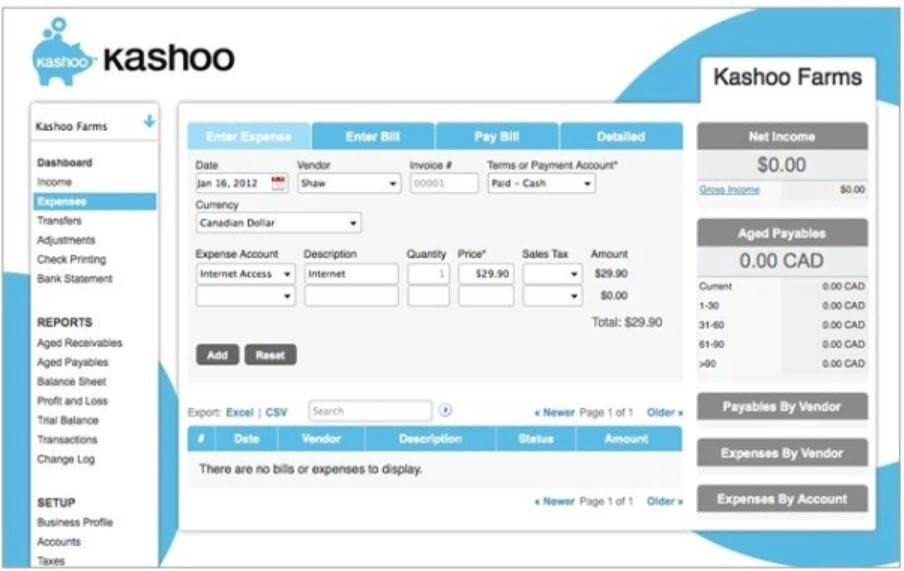If a machine breaks down or a shipment of raw materials is delayed, it can cause a ripple effect throughout your production process. This can lead to increased WIP inventory levels, as partially finished goods pile up waiting for the next stage of production. Calculating the value of WIP inventory involves associating a cost with a percentage of completion. This can be a bit time-consuming, so it’s typically best to tally it up at the end Retail Accounting of your accounting period to minimize uncertainty on your company’s balance sheet. Work in process (WIP) inventory refers to materials that are waiting to be assembled and sold.
If Work-in-Progress is Valued at Production Cost
Calculating the cost of WIP inventory is much more complex than calculating the value of the finished goods due to more intricate, moving parts. Here are some terms and calculations to achieve a better grasp of WIP inventory value. Mattias is a content specialist with years of experience writing editorials, opinion pieces, and essays on a variety of topics. He is especially interested in environmental themes and his writing is often motivated by a passion to help entrepreneurs/manufacturers reduce waste and increase operational efficiencies. He has a highly informative writing style that does not sacrifice readability. Working closely with manufacturers on case studies and peering deeply into a plethora of manufacturing topics, Mattias always makes sure his writing is insightful and well-informed.
Calculating Cost of Goods Manufactured (COGM) and Cost of Goods Sold (COGS)
The second point is that the opening stock of work in progress ($35,900) is greater than the closing stock ($32,400) by $3,500. The value of work-in-progress should, therefore, be excluded from the cost of goods manufactured in the year in which they were fed into the machines. Accounting for manufacturing companies becomes significantly more efficient and beneficial when these best practices are followed. Partnering with a 3PL such as Product Fulfillment Solutions can allow you to manage and view beginning inventory numbers, access demand forecasting tools, and gather data on inventory turnover. If your nonprofit’s fundraising arm has largely neglected younger generations in favor of Baby Boomers, you may need to revise your outreach strategy. Works in progress also may be called in-process inventory or work-in-process inventory.
- If raw material is combined with direct labor but is not ready to be sold, it counts as WIP inventory.
- High-volume methods like continuous manufacturing are often the most cost-effective, while processes such as job shop manufacturing may be more expensive due to the custom nature of production.
- Regularly reviewing WIP enables you to catch potential quality issues early on.
- Thus, managers can tamp down or increase production based on the availability of materials in bins on the factory floor.
- During production, the cost of direct labor and overhead is added in proportion to the amount of work done.
Operational Insights from WIP
The primary objective manufacturing accounting is to provide insights into the financial performance and profitability of manufacturing activities, enabling informed decision-making and effective cost management. Work-in-progress, as mentioned above, is sometimes used to refer to assets that require a considerable amount of time to complete, such as consulting or construction projects. This differentiation may not necessarily be the norm, so either term can be used to refer to unfinished products in most situations. This account of inventory, like the work-in-progress, may include direct labor, material, and manufacturing overhead. WIP is a concept used to describe the flow of manufacturing costs from one area of production to the next, and the balance in WIP represents all production costs incurred for partially completed goods.
Direct labor refers to wages and salaries of employees directly involved in production, such as machinery operators and assembly line staff. Calculating direct labor involves factoring in hourly wage rates, hours worked, and additional benefits or overtime pay. The International Financial Reporting Standards (IFRS) require these labor costs to be recognized as part of production costs. For instance, if a worker earns $20 per hour and works 40 hours on unfinished products, the direct labor cost is payroll $800. Monitoring labor costs helps optimize workforce allocation and improve time management.
Why Tariffs Are a Disaster for Businesses in the U.S. and Canada
- Mattias is a content specialist with years of experience writing editorials, opinion pieces, and essays on a variety of topics.
- Work-In-Progress (WIP) is an accounting entry on a company’s balance sheet referring to the money spent on materials, processes, and labor to manufacture a product.
- Activity-based costing (ABC) accounts for the overhead and indirect costs used to manufacture a product.
- Tracking WIP inventory effectively requires a combination of good processes and the right tools.
- WIP is sometimes used interchangeably with “work in progress.” However, WIP has a specific meaning in an accounting context.
- To help improve and ease accounting for manufacturing, here are 5 best practices for inventory and production cost accounting methods.
WIP is sometimes used interchangeably with “work inprogress.” However, WIP has a specific meaning in an accounting context. Whilework in progressfocuses on milestones, WIP aligns more with production efficiency and inventorymanagement. The FIFO method assumes you always sell the oldest items in your inventory first. Essentially, you sell your products in the order you procure them, hence the name first-in-first-out. Most companies use FIFO for their inventory accounting, which usually offers lower COGS and higher profits. One way to reduce your WIP inventory levels is to streamline your production process.
Managing WIP inventory with manufacturing software
By monitoring WIP closely, you can identify and address production line bottlenecks. This contributes to smoother operations, reduced lead times, and ultimately, faster delivery of finished products to your customers. By following these steps, you can systematically calculate your WIP inventory and have a clearer understanding of your production process and current assets. To clarify where WIP inventory falls in the production process, let’s look at it in the larger context of other inventory classifications. All of the following terms are under the umbrellas of manufacturing inventory.
Direct Materials
- It becomes even more challenging if products are partially assembled and then inventoried or scrapped in production and sent through a rework process.
- Finally, there is the cost of managing the manufacturing business and ensuring customers are paying for their goods and suppliers are getting paid for materials.
- With numerous options available, selecting the right manufacturing accounting software package can be a daunting task.
- The WIP inventory and supply chain management sum to the total cost of unfinished goods currently in production.
- By monitoring WIP levels, you can identify potential issues before they become major problems, ensuring that your production runs smoothly and efficiently.
Since manufacturing is a dynamic process of multiple constantly-moving parts, it is difficult to accurately calculate and account for WIP costs for each product. For example, a restaurant uses the three cost line items mentioned above to transform raw materials, in the form of cooking ingredients, into a finished meal. Forming refers to shaping materials like metal, plastic, or rubber by applying force without removing the material. Forming is used to create parts that need high strength or specific dimensions.
Cost accounting
In practice, advanced manufacturers find the COGM and ending WIP values based on real data from their production management system. The accountant can then compare the real-world data with the financial metrics to make sure everything checks out. This is why, when doing periodic inventory, it may be desirable to first finish all manufacturing orders so the ending WIP would be zero. Otherwise, the ending WIP must be calculated manually by looking up all incurred costs for the unfinished production, or by using standard costs based on the stage of the goods’ completion. The cost of goods manufactured, or COGM, is a crucial KPI for manufacturers that measures the total expenses incurred from manufacturing the finished products completed in this financial period.
Lựa chọn thanh toán
(*)Vui lòng tải về file tiến độ thanh toán để xem đầy đủ hơn. Xin cảm ơn!






